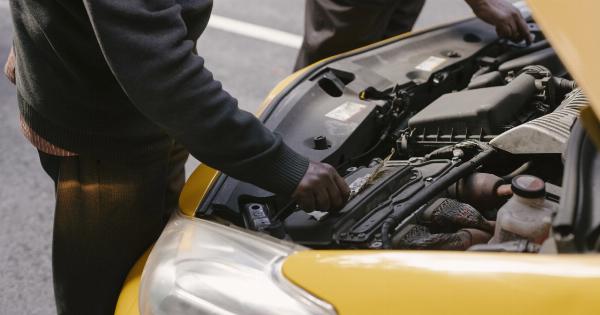Sterilizing equipment is essential in industries that require utmost hygiene and cleanliness. Over-sterilizing equipment, however, can cause several problems that ultimately lead to poor-quality products and decreased efficiency.
Here are the top 10 reasons to avoid over-sterilizing equipment:.
1. Damaged equipment
Over-sterilizing equipment can cause damage to certain materials, such as stainless steel, by oxidizing or corroding them. This damage can lead to leaks, cracks, and other physical defects that render the equipment unusable.
This not only leads to the cost of repair or replacing the equipment, but also causes delays in manufacturing.
2. Increased downtime
As mentioned earlier, damaged equipment leads to delays in production.
It is not only the cost of repairing or replacing equipment that causes downtime, but also the time it takes to ensure the sterilization process is complete before the equipment can be used again. Over-sterilizing also reduces the lifespan of the equipment, making it necessary to replace it sooner than intended, resulting in more downtime.
3. Poor-quality products
Over-sterilizing can lead to residue build up in equipment. This can cause chemical reactions in subsequent batches of products, leading to inconsistency in product quality and potentially even contamination in some cases.
Products with poor quality can erode customer loyalty, leading to significant lost revenue.
4. Increased costs
Over-sterilizing equipment is a waste of resources, leading to increased costs in the long run. Using more chemicals, water, and energy than necessary increases operational costs and harms the environment.
This additional usage comes at a cost that ultimately shows in the company’s bottom line.
5. Harmful to the environment
The process of sterilization typically involves the use of harsh chemicals, and overusing these chemicals also degrades the environment.
When used in excess, these chemicals are harder to properly dispose of and can cause harm to the environment through contamination and pollution.
6. Decreased effectiveness
Over-sterilization can also make equipment less effective. Sterilizing equipment too often can cause the rubber gaskets or seals on the equipment to wear out prematurely.
With these components worn out, the sterilization process is no longer as efficient as it should be, leading to equipment downtime, more waste, and more costs.
7. Limitations on sanitation
Over-sterilizing can lead to the creation of environments where bacteria can thrive and exist which is unhealthy for consumers that use the product.
When bacteria do exist, they develop resistance strains of bacteria, leading to limitations on sanitation and posing health risks to customers.
8. Difficult to maintain
Over-sterilization can make equipment harder to maintain over time. When equipment is exposed to excessive high heat and moisture, the parts can become more difficult to clean or repair.
This leads to additional maintenance costs and time-consuming troubleshooting procedures, further creating difficulties for maintenance personnel.
9. Risks to personnel
Working with over-sterilized equipment can be dangerous to personnel.
As some disinfection substances are toxic, exposure to these substances can cause eye, nose, and throat irritation, headaches, nausea, skin rashes, and even damage to the nervous system and liver. Putting employees at risk can cause harm to the image of the company and damage the company’s reputation.
10. Increased liability
When equipment is over-sterilized and damage does occur, this can lead to increased legal liability. If a consumer or employee is injured as a result of over-sterilization, the company may be liable for damages.
This can have a negatively significant financial impact on the company, tarnishing its reputation and eroding customer loyalty.
Conclusion
Over-sterilizing equipment can lead to a host of problems, particularly in terms of equipment damage, environmental harm, increased costs, and decreased effectiveness.
Focusing on properly maintaining equipment rather than over-sterilization can yield better results while providing higher-quality products at an optimal life-span for machinery. By highlighting these issues, companies can avoid the risks associated with over-sterilization complicating their production process.































